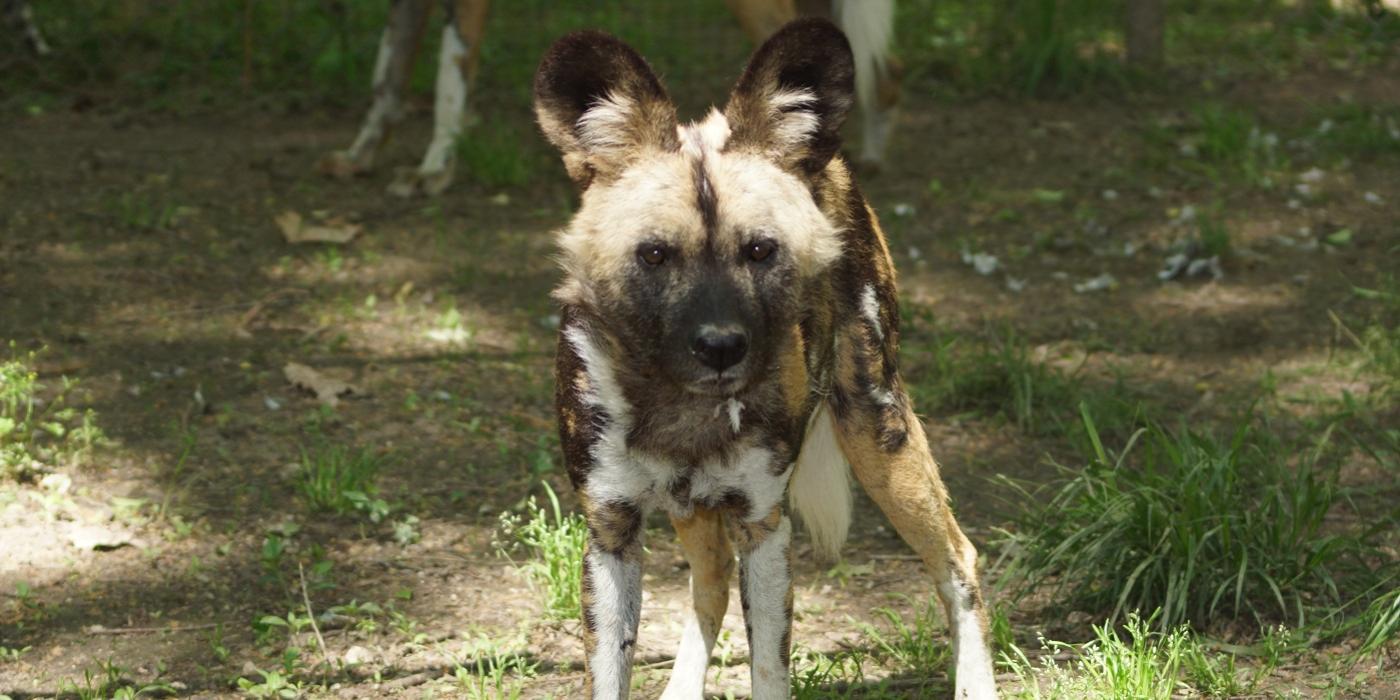Genetic and Endocrine Predictors of Reproductive Success in African Painted Dogs
The Smithsonian Conservation Biology Institute’s Center for Species Survival is committed to studying the African painted dog in an effort to save this endangered species from extinction.
The African painted dog is a wolf-like canid that was once found throughout sub-Saharan Africa. Today, the African painted dog faces challenges both in the wild and in human care. In the wild, certain aspects of African painted dogs' unique social system and behavior make them particularly susceptible to emerging threats as humans increasingly alter their habitat. Ex situ breeding programs in Africa, Europe, Australia and North America complement in situ conservation efforts by ensuring the preservation of genetic diversity.
In order for these breeding programs to be successful, however, scientists need a full understanding of genetic diversity in each population of painted dogs so that animals can be paired optimally for breeding based on genetics, and the number of recommended pairings that successfully produce and raise offspring can be maximized.
Center for Species Survival scientist Nucharin Songsasen is working with Ph.D. student Jennifer Yordy and the African Painted Dog Species Survival Plan to investigate the causes of reproductive failure and neonatal mortality in the North American ex situ population. Researchers are assessing the relationship between kinship and reproductive success, as well as using hormone data to evaluate the impacts of various social structures and other variables on reproductive physiology. The findings of this study will help population managers to more effectively guide reproduction and maintain genetic diversity in this endangered species.












